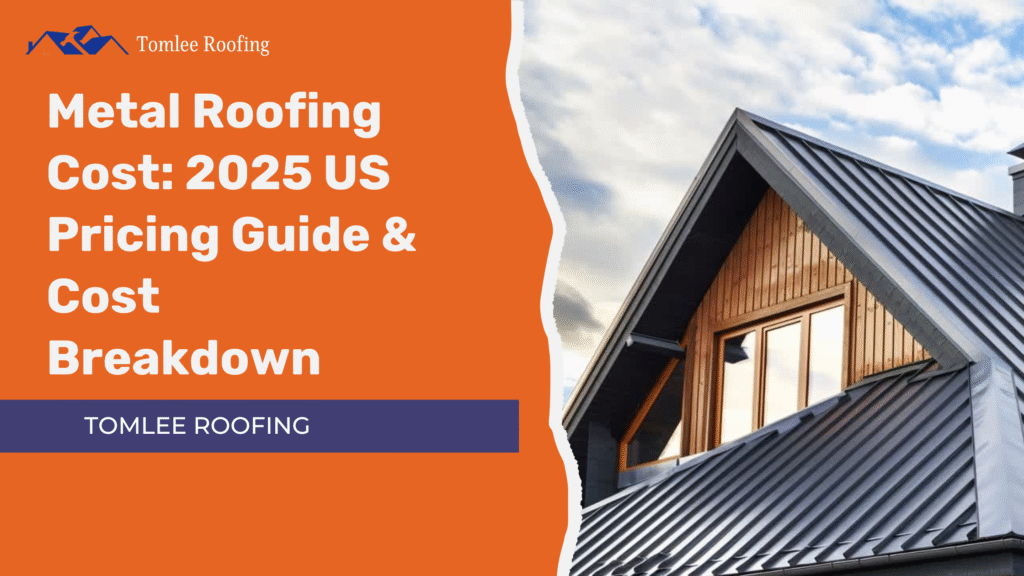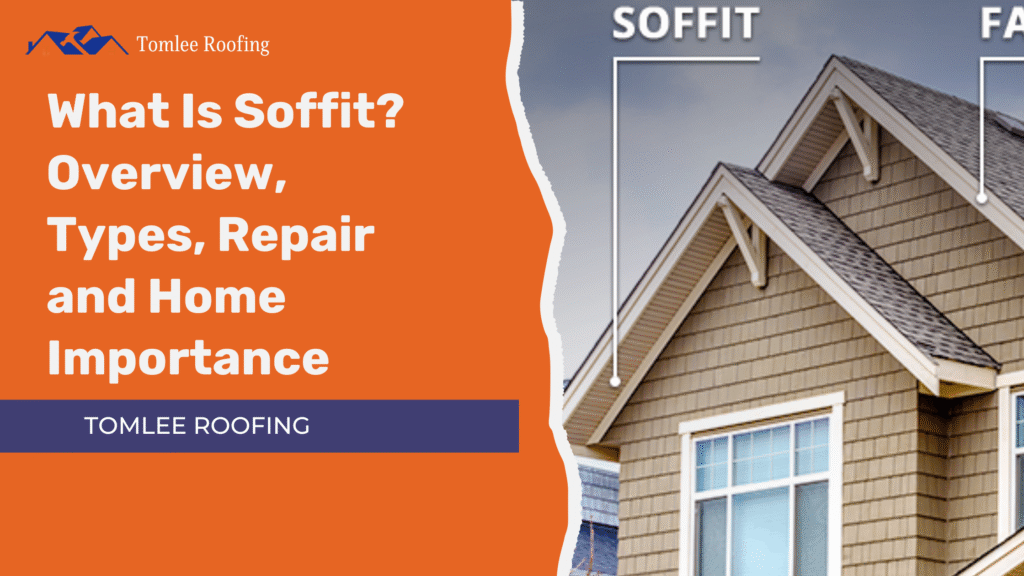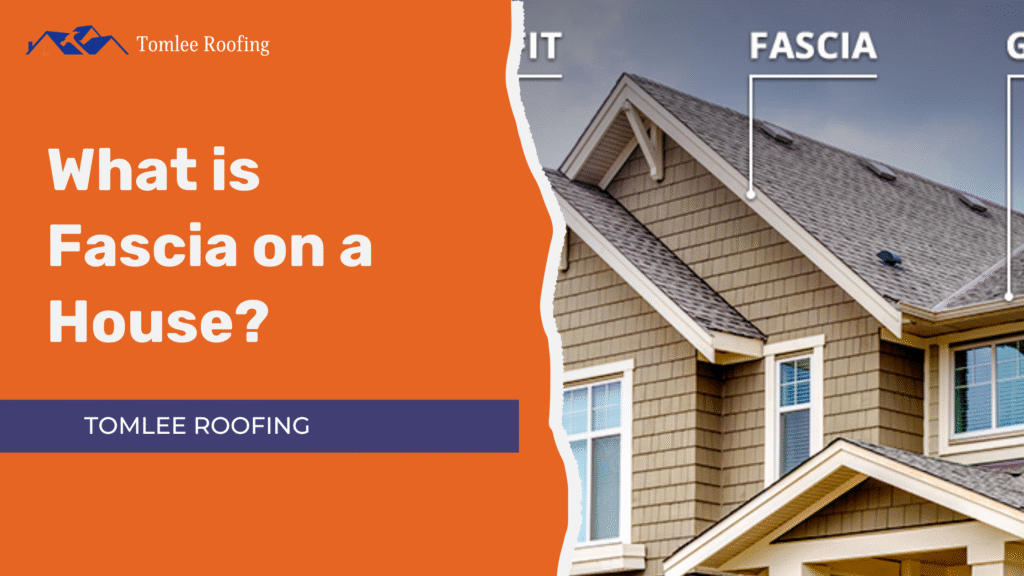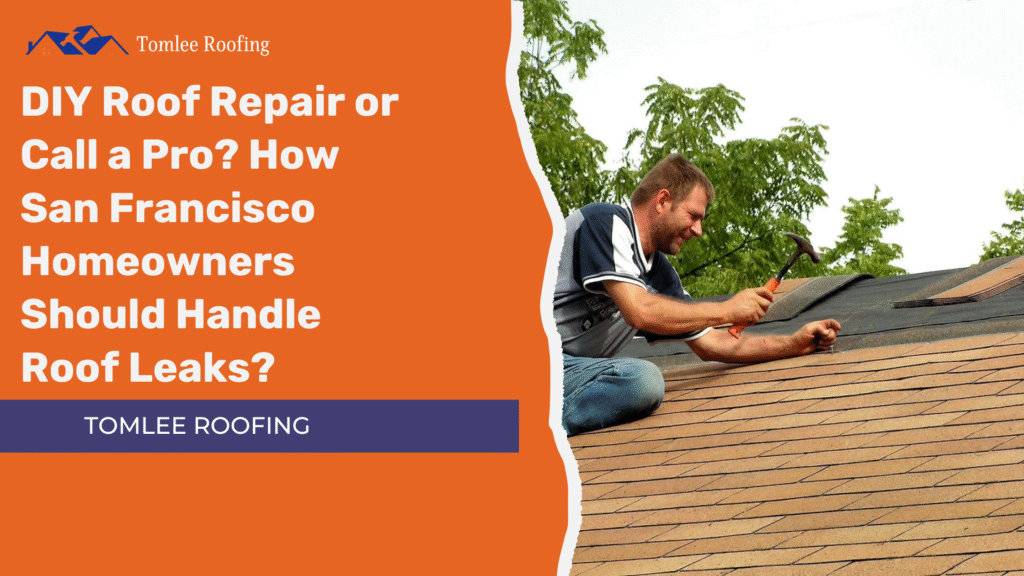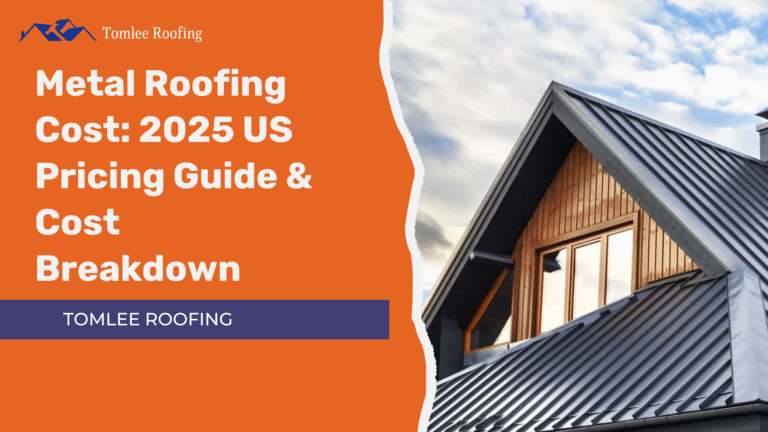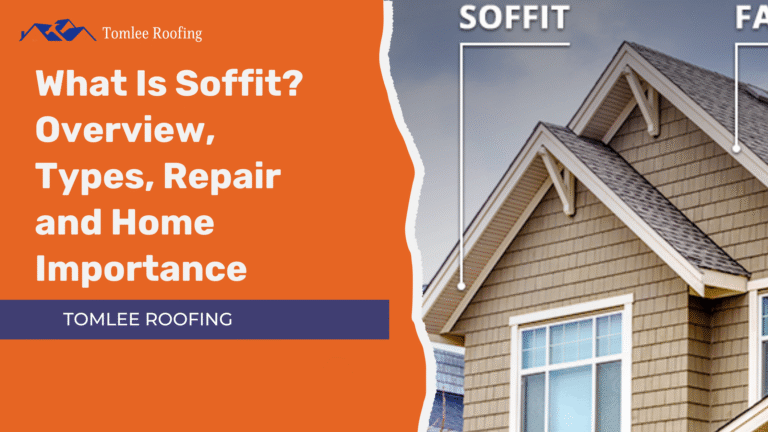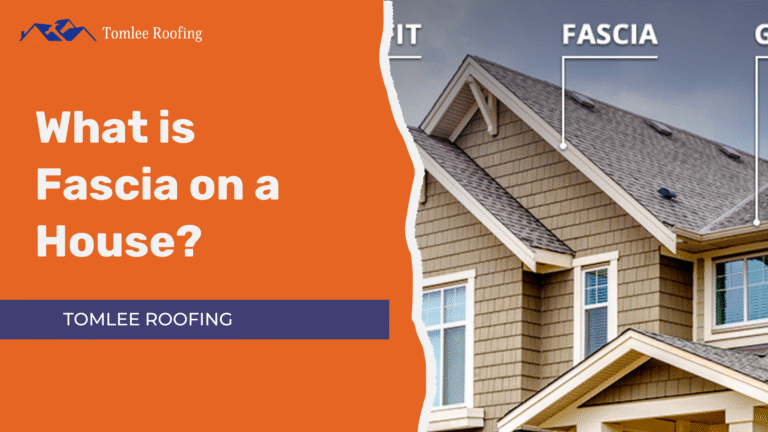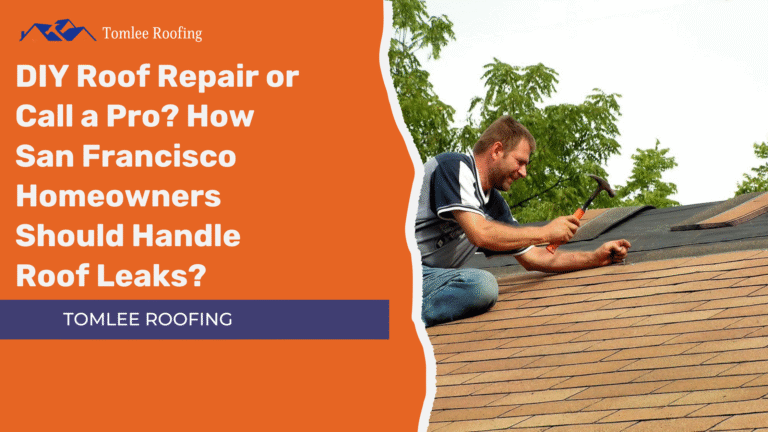Fascia on a house refers to the long, straight board that runs along the lower edge of the roof, directly attached to the ends of the rafters.
It serves as a finishing trim between the roof and the exterior walls, giving the home a clean, polished look. In roofing terms, this is often called the fascia board or roof fascia board.
Fascia Definition in Construction
In construction, fascia is defined as the vertical finishing edge connected to the roofline. It protects the roof structure, supports the gutters, and acts as a barrier between the outside elements and the roof decking. Fascia boards can be made from wood, vinyl, aluminium, or fibre cement, depending on the home’s design and climate.
Where is Fascia on a House?

You can find fascia installed right beneath the roof edge, running horizontally where the roof meets the exterior walls. In most homes, it sits behind the gutters. This makes it a vital part of the roofing system, since it holds the gutters in place while also shielding the rafters from moisture.
Why is Fascia Important?
Fascia boards aren’t just about appearance. They are essential in preventing water damage, keeping pests out, and maintaining the home’s curb appeal. A damaged or missing fascia board can cause serious issues with the roof structure, siding, and even the interior of the home.
Functions of Fascia on a House
Fascia boards play a bigger role in the roofing system than most homeowners realise. Here are the key functions:
1. Roof Protection
The fascia board shields the edge of the roof rafters and roof decking from rain, snow, and debris. Without fascia, moisture can seep into the wooden structure, leading to rot and structural weakness.
2. Gutter Support
Fascia provides a solid base for gutters to be attached. Strong fascia is necessary to handle the weight of gutters, especially during heavy rainfall or when gutters fill with ice in colder climates.
3. Improved Curb Appeal
Acting as part of the house trim fascia, the board creates a smooth, finished edge along the roofline. This enhances the overall exterior design and boosts curb appeal.
4. Barrier Against Pests
Properly installed fascia helps seal gaps where birds, squirrels, and insects might otherwise enter the roof space or attic.
5. Connection with Other Roofing Elements
Fascia works together with soffit, siding, and roof flashing to create a sealed and well-ventilated roofing system. For homes with flat roof fascia or unique roof trim designs, fascia ensures all components are structurally tied together.
Fascia vs Other Roof & Trim Components
Fascia vs Soffit
Fascia is the vertical board running along the roof edge, while the soffit is the horizontal board located under the eaves. Fascia supports gutters and protects roof rafters, whereas soffits provide ventilation to the attic. Both work together to protect the roof and improve airflow.
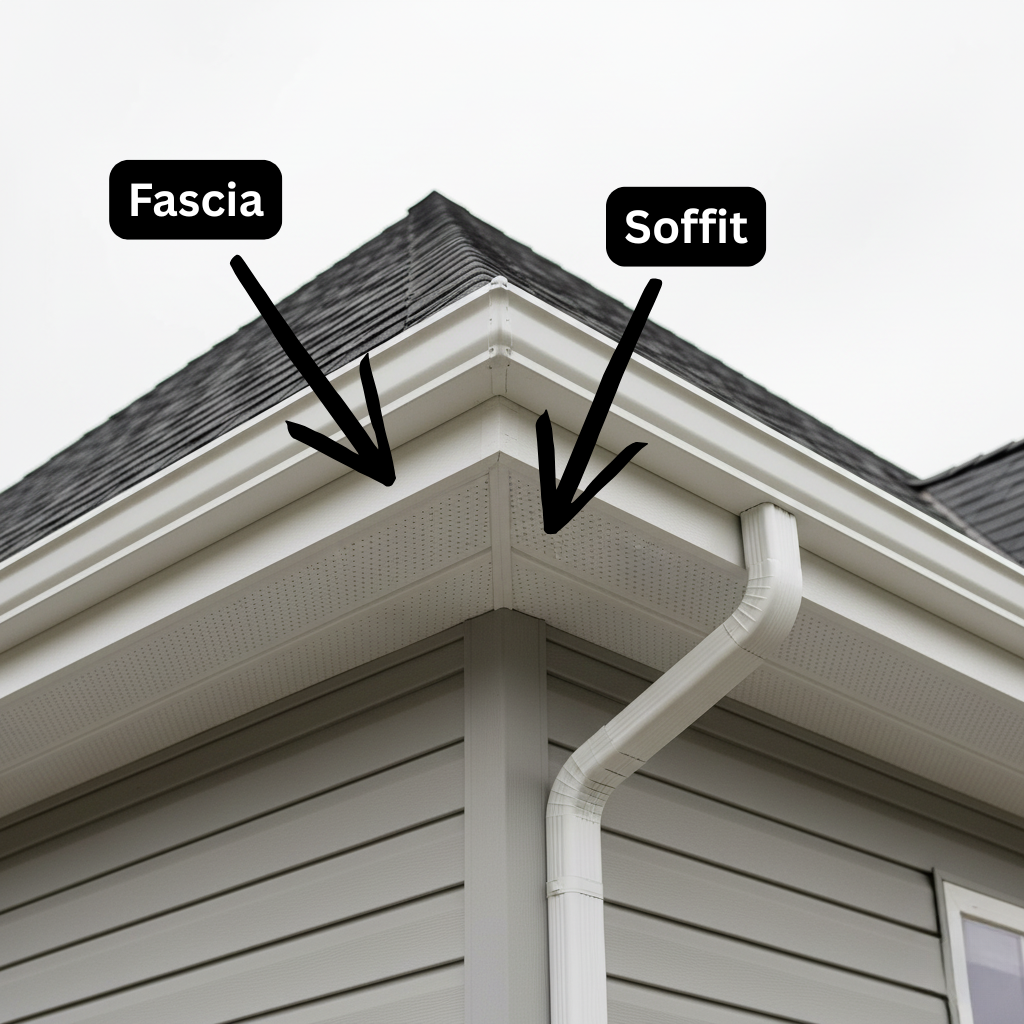
Fascia vs Trim
Although fascia is sometimes called “house trim fascia,” not all trim is fascia. Trim can refer to decorative or protective boards around doors, windows, and siding, while fascia is specifically part of the roofing system.
Bargeboard vs Fascia
A bargeboard is similar to fascia but is installed on the gable end of a roof instead of the eaves. While fascia supports gutters, bargeboards primarily provide decoration and protection for the sloping edges of a gable roof.
Rake Board vs Fascia
A rake board is installed along the sloping sides of a gable roof, whereas fascia is placed horizontally along the eaves. Both add a finishing touch, but only the fascia is designed to hold gutters.
Frieze Board vs Fascia
A frieze board is located just below the soffit and runs along the top of the house siding. It adds a decorative transition between the siding and the roofline. Fascia, on the other hand, is functional, supporting gutters and sealing roof edges.
Common Types of Fascia Board Materials
When homeowners ask, “What is the best fascia material for my house?”, the answer depends on budget, climate, and maintenance preferences. Below are the most common types of fascia used in residential construction:
Wood Fascia Board
Wood fascia boards, especially cedar, pine, and redwood, have a long history in American construction due to their natural strength and attractive finish. Pressure-treated wood fascia is also available to resist rot, moisture, and insects more effectively than untreated wood.
While wood is affordable and offers a classic look, it requires frequent maintenance. Homeowners should repaint or reseal every few years to prevent rot or warping. In humid or rainy climates, wood fascia boards may need extra care to maintain durability.
Aluminium Fascia Board
Aluminium fascia is often installed as a cap over wood fascia for extra protection. It provides a clean, modern look and is resistant to rust, rot, and insects. Minimal upkeep is required, though it can dent upon impact.
This option is commonly chosen for homes that need long-term durability with less maintenance. Aluminium fascia also holds paint well, making it easy to match existing house trim fascia colours.
Vinyl Fascia Board
Vinyl fascia is lightweight, cost-effective, and available in a wide range of colours to match vinyl siding. It resists fading and doesn’t require repainting. However, vinyl can crack in extreme cold or warp in excessive heat.
For budget-friendly installations, vinyl fascia is a practical solution, especially when paired with vinyl soffits for a complete trim system.
Fibre Cement Fascia Board
Fibre cement fascia combines cement, sand, and cellulose fibres, creating a durable product that mimics the look of painted wood. It is fire-resistant, rot-proof, and unattractive to pests.
Although heavier and more expensive than wood or vinyl, fibre cement fascia offers long-term performance and minimal maintenance, making it popular in areas with harsh climates.
PVC Fascia Board
PVC fascia, also called plastic fascia board, is highly durable and resistant to water, rot, and insects. It can last over 50 years with minimal maintenance. Its lightweight yet sturdy design makes it a common choice for modern home construction.
However, PVC fascia can expand or contract with significant temperature swings, which may create gaps if not installed correctly.
Identifying and Responding to Fascia Damage
Spotting early fascia board concerns is important to keep homes dry and safe. Common signs of damage include:
- Peeling or flaking paint
- Soft spots or wood rot
- Warped or sagging boards
- Loose or separating gutters
- Visible water stains or insect nests near the roofline
If left untreated, fascia damage can compromise gutter support and expose rafters to moisture, leading to costly repairs.
Fascia Replacement and Repair Options
Small cracks or nail pops can usually be fixed with caulk, sealant, or new fasteners. However, widespread rot or structural issues require full fascia replacement.
Professional fascia board installation ensures correct alignment with soffits and gutters, preventing future water damage. Homeowners often replace fascia when upgrading gutters or siding to ensure a seamless fit.
Cost to Replace Fascia
On average, the cost to replace fascia ranges from $7 to $40 per linear foot, depending on the material (wood, aluminium, vinyl, or PVC) and the complexity of the installation. Adding soffit replacement at the same time can increase costs, but it provides a fully updated trim system.
Hiring a roofing or siding contractor is recommended for large-scale replacements, especially if roofline adjustments or gutter rehanging are required.
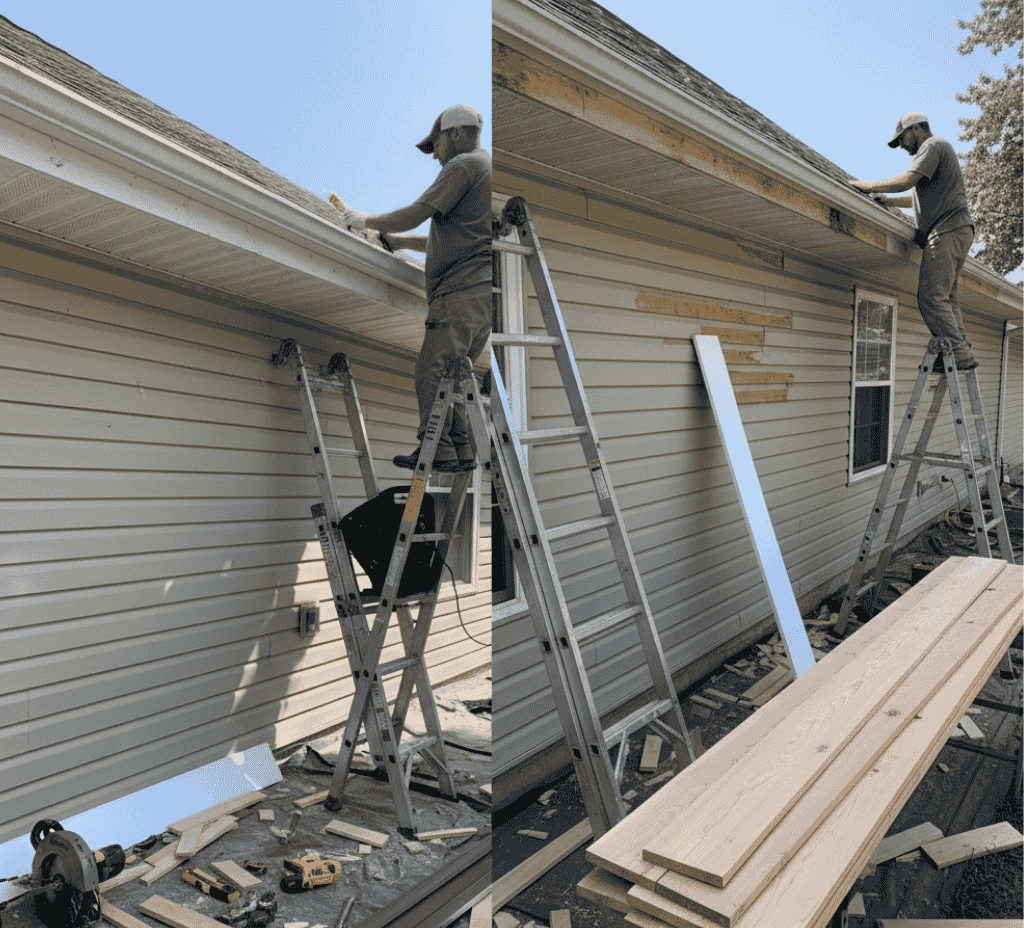
Maintaining Fascia for Longevity
Regular maintenance of fascia boards is essential to protect your home’s roofline and overall structure. Simple steps like cleaning gutters, repainting wooden fascia, and inspecting for cracks or warping can extend their lifespan significantly.
Preventative Care Tips
- Clean gutters regularly to avoid water overflow, damaging the fascia board
- Repaint or reseal wood fascia every 3–5 years to prevent rot
- Inspect the roof fascia boards seasonally for pest damage or loose fittings
- Replace damaged sections early to avoid costly full replacements
Benefits of Well-Maintained Fascia
- Preserves the home’s curb appeal with clean roof trim lines
- Protects rafters and roof decking from water intrusion
- Ensures gutters remain firmly secured
- Adds value to the property by keeping the fascia exterior in top shape
Routine fascia board maintenance not only extends the life of the trim but also reduces the need for expensive fascia repair or complete replacement later.
Fascia vs. Soffit vs. Frieze Board
While the fascia board runs horizontally under the edge of the roof, the soffit is the material underneath the eaves that bridges the gap between the exterior wall and the fascia. The frieze board, on the other hand, is a trim piece installed at the top of the exterior wall, just below the soffit, often for decorative purposes.
Fascia vs. Soffit
Homeowners often confuse fascia and soffit since they work together along the roofline. The fascia board on a house is visible from the street, supports the gutters, and gives the roofline a finished look. The soffit, however, provides ventilation to the attic and prevents moisture buildup.
Fascia vs. Frieze Board
Although both are types of exterior trim, the frieze board is decorative, while the fascia board roof trim serves a structural purpose. Frieze boards add architectural character, whereas fascia boards protect the roof edge and provide a surface for gutter installation.
Where Is Fascia on a House?
The fascia is located along the lower edge of the roof, where the roof meets the outer walls. It runs parallel to the ground and is sometimes called a roof trim board, facing board, or simply house fascia.
What Is Fascia on a House?
In simple terms, fascia is the horizontal band of material—typically wood, aluminium, or PVC—that covers the ends of the roof rafters. It is part of the exterior fascia board system that both protects and beautifies the home.
Without fascia, gutters cannot be installed properly, and the exposed rafters are more vulnerable to water damage.
Installation of Fascia Boards
Fascia board installation is a key part of any roofing or siding project. Whether you’re replacing damaged fascia or building a new home, proper installation ensures the roofline is protected and the gutters are securely attached.
Step-by-Step Overview
- Remove Old Fascia (if damaged) – Any rotted or warped boards must be carefully taken out without disturbing the rafters or soffit.
- Inspect Rafters and Roof Edge – Before new fascia is installed, the underlying roof structure should be checked for rot, mould, or insect damage.
- Cut New Fascia Boards – Boards are measured and cut to fit the roof edge exactly. Materials may include wood fascia, vinyl fascia board, or aluminium fascia board, depending on the project.
- Attach Fascia Boards – Using galvanised nails or screws, fascia is fastened directly to the rafter ends.
- Seal and Protect – For wood fascia, a coat of paint or sealant is applied to prevent water damage. Other materials, like PVC or metal, may not require sealing.
- Install Gutters – Gutters are mounted onto the fascia, completing the system.
DIY vs Professional Fascia Installation
Some homeowners attempt DIY fascia replacement, especially with vinyl or PVC boards. However, professional installation is recommended because fascia boards must align with soffits, siding, and gutters. Poor installation can lead to leaks, sagging gutters, and long-term roof issues.
Fascia Board Installation Cost
The cost of fascia board installation varies depending on the material and labour. On average, homeowners spend between $7 and $40 per linear foot.
Vinyl fascia tends to be the most budget-friendly, while fibre cement and PVC fascia are higher in cost but offer longer-lasting benefits.
How Climate Affects Fascia Boards
The performance and lifespan of fascia boards vary depending on the local climate. Choosing the right material for your region can prevent costly replacements.
Humid and Rainy Climates
In areas with heavy rainfall or high humidity, wood fascia boards are more likely to rot unless they are pressure-treated or sealed regularly. Homeowners in these regions often choose vinyl fascia boards or PVC fascia boards, since both resist water damage and require less maintenance.
Cold and Snowy Climates
In snowy regions, gutters fill with ice, putting extra strain on the roof fascia board. Strong materials like aluminium fascia or fibre cement fascia perform best, as they can handle heavy loads and extreme temperature changes without warping.
Coastal Areas
Salt air in coastal climates can corrode unprotected metal and wear down wood quickly. Vinyl fascia and PVC fascia are preferred because they resist salt damage and moisture infiltration. Aluminium fascia can also work if coated or capped for extra protection.
Hot and Dry Climates
In desert regions with extreme heat and sun exposure, wood fascia tends to dry, crack, or split. Fibre cement fascia and PVC fascia boards are better suited since they resist UV damage and don’t require frequent repainting.
FAQs (Frequently Asked Questions)
Are Fascia Boards Necessary?
Yes, fascia boards are a necessary part of the roofing system. Without fascia, gutters cannot be mounted properly, and roof rafters would be exposed to moisture, pests, and UV damage. Fascia also provides a clean finish to the roofline, making it both functional and aesthetic.
Do Fascia Boards Need to Be Treated?
Wood fascia boards require regular treatment, such as sealing, staining, or painting, to resist rot, insects, and moisture damage. Pressure-treated fascia boards last longer but still benefit from occasional maintenance. On the other hand, vinyl fascia boards, PVC fascia boards, and aluminium fascia boards do not require treatment, making them lower-maintenance options.
What Part of the House Is the Fascia?
The fascia is part of the roof trim system. It runs horizontally along the edge of the roof where it meets the outer walls. Sometimes called a house fascia board or roof trim board, it is located just behind the gutters and above the soffit.
What Is Fascia in Architecture?
In architecture, fascia refers to a vertical band or board used to cover the ends of roof rafters. It is both a structural and design element, forming a continuous trim line around the roof. In residential construction, fascia is usually paired with soffits, frieze boards, and siding to complete the home’s exterior design.
What’s the Best Fascia Material?
The best fascia material depends on climate, budget, and maintenance preference.
- Wood fascia offers a traditional look but requires upkeep.
- Vinyl fascia boards are low-cost and easy to maintain.
- Aluminium fascia provides durability and works well in snowy regions.
- Fibre cement fascia and PVC fascia boards last the longest with minimal care.

